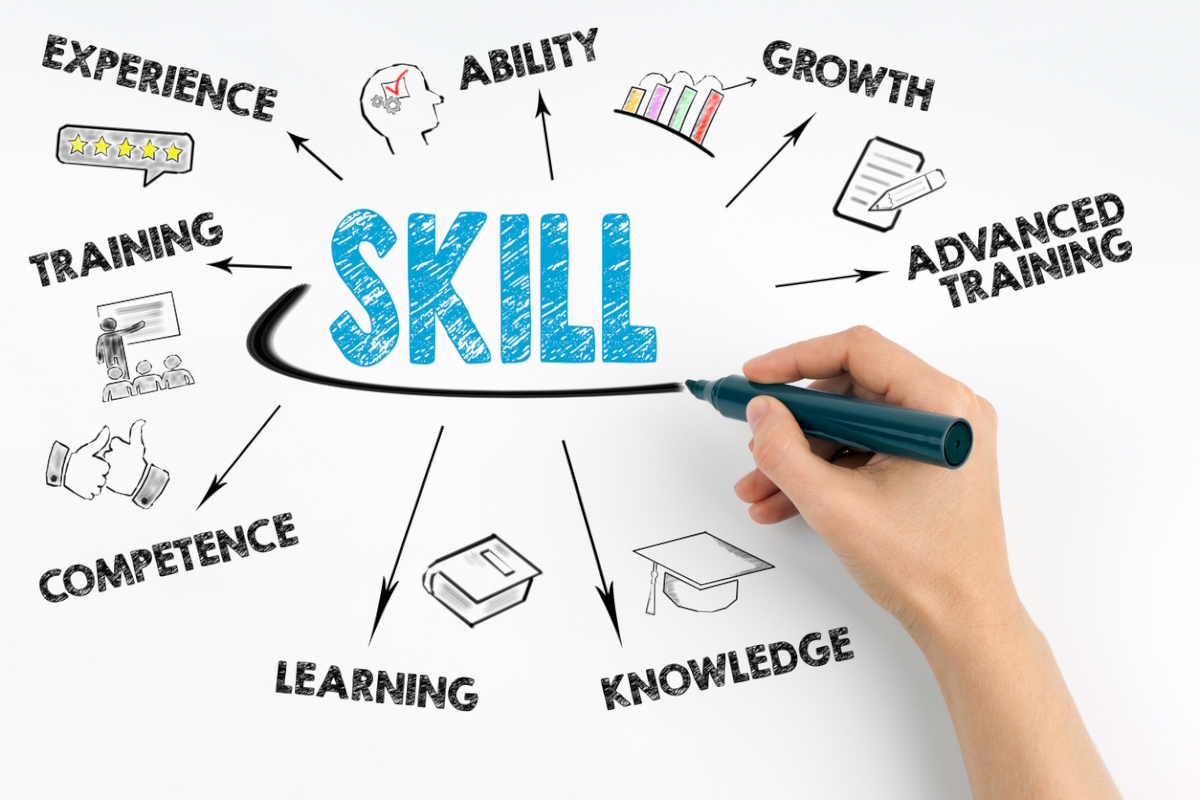L&D: scaling with ease

Aisling MacNamara at LearnUpon explores how forward-thinking L&D teams are reimagining their role, not as the sole producers of training, but as editors, curators, and coaches
For many L&D teams, the idea of scaling content creation can feel overwhelming. Concerns about quality, consistency, translation, and localisation are common. But the bigger challenge is time — there never seems to be enough of it.
With requests growing across the business, L&D teams often don’t have the bandwidth or budget to meet every need. And with skills gaps and training demands on the rise, scaling isn’t optional; it’s essential.
But here’s the good news: scaling doesn’t have to mean creating “more content.” It can mean using what you already have in smarter, faster, and more efficient ways.
Tapping into the hidden learning ecosystem
Forward-thinking L&D teams are reimagining their role. Instead of being the only ones responsible for creating content, they’re enabling subject matter experts (SMEs) to share their knowledge and become e-learning authors.
The benefits are huge. SMEs bring relevant, timely expertise — and content that speaks directly to learner needs. Since SMEs are already creating materials in the flow of their work, partnering with them streamlines the process and makes content creation faster, easier, and more effective.
This way, L&D can move faster while still shaping content into high-quality, impactful, and scalable learning.
Shaping SME expertise into practical learning
SMEs know their field inside out, but they’re not always experts in learning design. Add limited time into the mix, and creating learning content can quickly feel out of reach. That’s where L&D can step in as editors, curators, and coaches.
With the right support, L&D teams can make it simple for SMEs to turn their existing resources into engaging e-learning. Pre-built templates and checklists help them define their audience, set clear objectives, and choose the right formats. Modern learning platforms make it easy to import materials, apply templates, add interactivity, and update content whenever needed.
The result? Training that stays focused, consistent, and impactful — while freeing SMEs to do what they do best: share their know-how.
Using AI to accelerate SME content generation
Today’s AI advancements are opening up even more possibilities for strategic content creation. Co-authoring tools can quickly turn complex information into clear explanations, generate summaries, create video voiceovers, and even build quizzes directly from imported content.
Translation and accessibility are faster too, with auto-generated subtitles and instant in-tool translations for global audiences — always with human oversight to ensure accuracy.
The question isn’t whether AI can support content creation. It’s how L&D teams apply it wisely to scale learning faster, while keeping quality and relevance front and centre.
Driving measurable outcomes
Scaling content only matters if it delivers impact. For L&D teams, that means starting every initiative with a clear question: what business outcome should this training achieve?
This begins with a focused training needs analysis, clarifying the scope of the problem, the audience, and the strategic goals the training should address. The aim isn’t to create training for training’s sake, but to deliver measurable performance improvements that translate directly to business value.
By treating learning initiatives like business initiatives — with defined goals, measurable KPIs, and clear accountability — L&D can guide SMEs to create content that not only supports learners but also demonstrates real value to stakeholders.
Working smarter, not harder
By engaging with SMEs and taking the right approach to technology, processes, and collaboration, L&D teams can co-create content and rapidly scale learning production that is more relevant, delivered faster to the right people, and always tied to a clear goal.
It’s an approach that makes scaling e-learning both efficient and effective, while freeing L&D to focus on more strategic learning priorities.
With templates and tools that guide SMEs through a structured content creation process, it becomes easier to capture the knowledge learners need in a way that’s consistent, high-quality, and reusable.
For organisations taking their first steps into scaling, three categories are especially well-suited for SME-led content:
- Problem-solving microlearning that answers the common questions SMEs hear every week.
- Challenge-based upskilling such as preparing for a new role or adopting new technology.
- Insight-driven learning that shares timely updates, practical tips, or new perspectives to spark awareness and action.
Together, these approaches give SMEs a clear starting point — and give L&D teams the confidence that scaling can be both achievable and impactful.
Aisling MacNamara is Director of Learning, Enablement & Inclusion at LearnUpon
Main image courtesy of iStockPhoto.com and tumsasedgars

Business Reporter Team
You may also like
Most Viewed
Winston House, 3rd Floor, Units 306-309, 2-4 Dollis Park, London, N3 1HF
23-29 Hendon Lane, London, N3 1RT
020 8349 4363
© 2025, Lyonsdown Limited. Business Reporter® is a registered trademark of Lyonsdown Ltd. VAT registration number: 830519543





